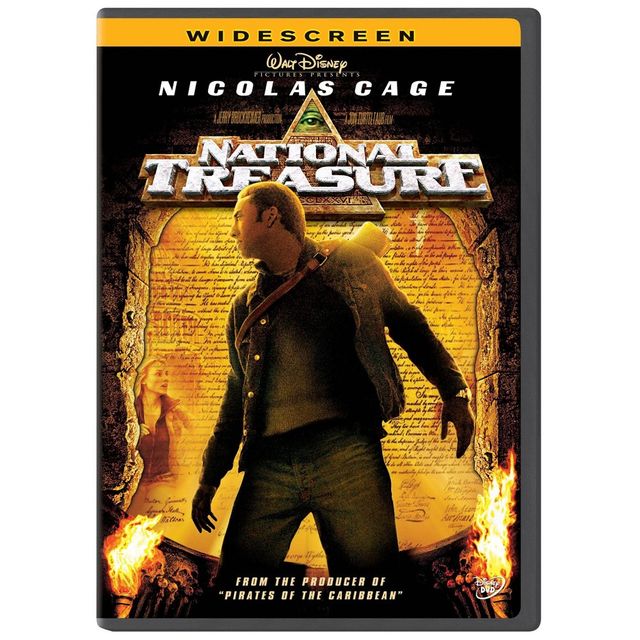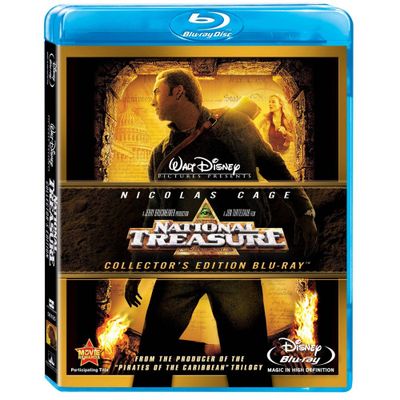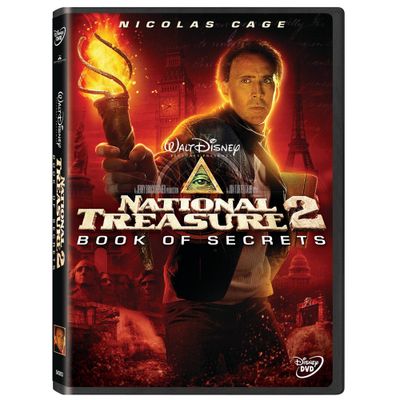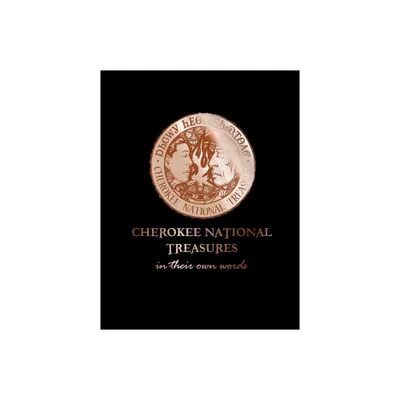Home
National Treasure: The History of Trans Canada Airlines
Loading Inventory...
Barnes and Noble
National Treasure: The History of Trans Canada Airlines
Current price: $34.95


Barnes and Noble
National Treasure: The History of Trans Canada Airlines
Current price: $34.95
Loading Inventory...
Size: OS
*Product Information may vary - to confirm product availability, pricing, and additional information please contact Barnes and Noble
Before the birth of Trans Canada Airlines (TCA) in 1937, Canada was one of the very few countries of the world that had no organized air service connecting its principal cities. In 1936, many of the one million people who travelled on scheduled flights in the United States were Canadian citizens who needed to travel south of the border to reach destinations in Canada. C.D. Howe, Minister of Transport in Prime Minister Mackenzie King's cabinet, was the chief architect of the government-owned TCA. From the beginning, the company was ennobled as more than a means of commercial transport: it was hoped that the TCA, like the Canadian Pacific Railway before it, would "overcome vast geographical barriers, thwart the Americans, reassure the British and unite the country." Other air companies provided transportation; this one was to be a symbol of national identity - a maple leaf with wings.
National Treasure
details the ins and outs, the backroom politics and the ground-breaking decisions that led to the creation of Trans Canada Airlines, through its early years, to its metamorphosis into Air Canada in the 1950s. The book is an entertaining, well-written account that covers everything from the "teething" problems of the airline in its infancy (such as how to choose the right passenger plane for trans-Canada travel), to the company's role during World War II, to TCA's rapid post-war expansion and the notorious infighting between TCA and its rival, Canadian Pacific Airlines.Here are the planes: the Lockheed "14," which suffered from embarrassing engine failures, the Electra, which featured radio antennas that were prone to lightning strikes, and the Lancaster, which held the Trans-Atlantic non-stop speed record from Montreal to the United Kingdom (11 hours and 14 minutes); the employees: Zebulon Lewis Leigh ("Lewie"), a "barnstormer" who became TCA's first pilot, and Lucille Garner and Pat Eccleston, registered nurses who became TCA's first female employees and Canada's first stewardesses; and the flights: first the Vancouver-Seattle route, then onward across Canada, then over the Atlantic Ocean to international ports of call.Packed with photos, and enlivened by interviews with past pilots, flight attendants and other employees, quotes from TCA staff newsletters, excerpts from the company's annual reports and letters from passengers all over Canada,
is an absorbing and well-researched look at commercial aviation in Canada.
National Treasure
details the ins and outs, the backroom politics and the ground-breaking decisions that led to the creation of Trans Canada Airlines, through its early years, to its metamorphosis into Air Canada in the 1950s. The book is an entertaining, well-written account that covers everything from the "teething" problems of the airline in its infancy (such as how to choose the right passenger plane for trans-Canada travel), to the company's role during World War II, to TCA's rapid post-war expansion and the notorious infighting between TCA and its rival, Canadian Pacific Airlines.Here are the planes: the Lockheed "14," which suffered from embarrassing engine failures, the Electra, which featured radio antennas that were prone to lightning strikes, and the Lancaster, which held the Trans-Atlantic non-stop speed record from Montreal to the United Kingdom (11 hours and 14 minutes); the employees: Zebulon Lewis Leigh ("Lewie"), a "barnstormer" who became TCA's first pilot, and Lucille Garner and Pat Eccleston, registered nurses who became TCA's first female employees and Canada's first stewardesses; and the flights: first the Vancouver-Seattle route, then onward across Canada, then over the Atlantic Ocean to international ports of call.Packed with photos, and enlivened by interviews with past pilots, flight attendants and other employees, quotes from TCA staff newsletters, excerpts from the company's annual reports and letters from passengers all over Canada,
is an absorbing and well-researched look at commercial aviation in Canada.

![National Treasure [WS]](https://prodimage.images-bn.com/pimages/0786936242928_p0_v3_s600x595.jpg)
















